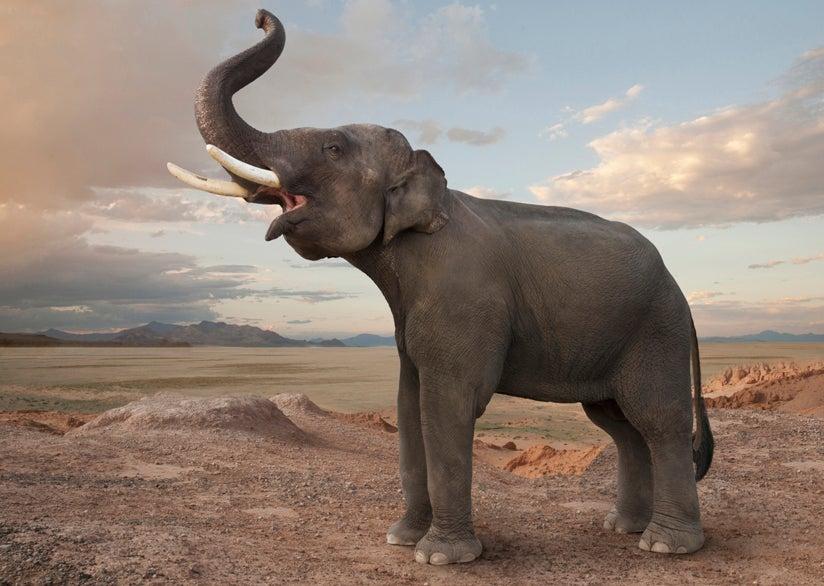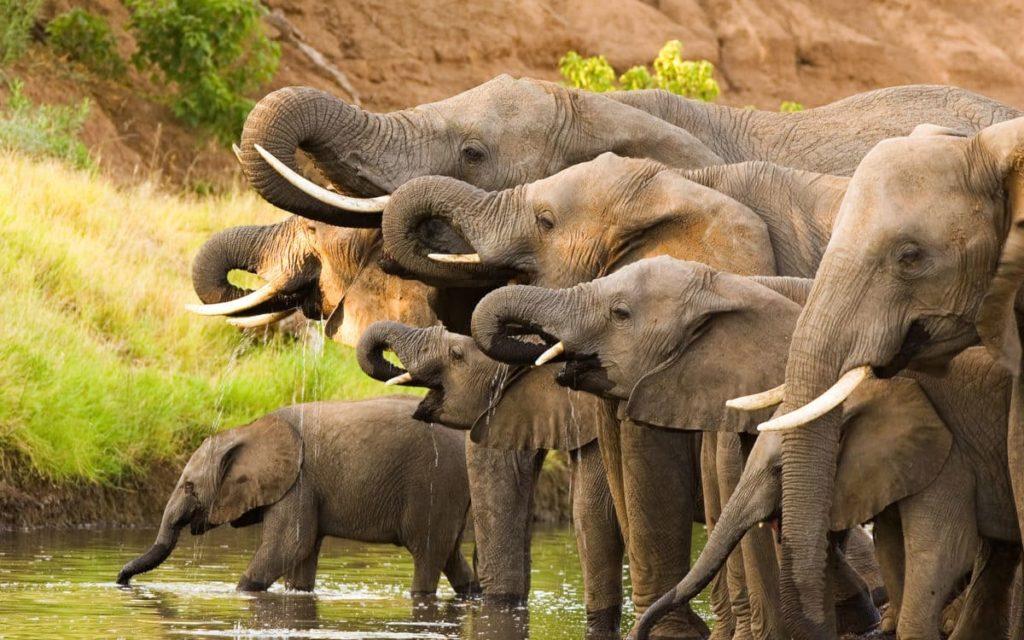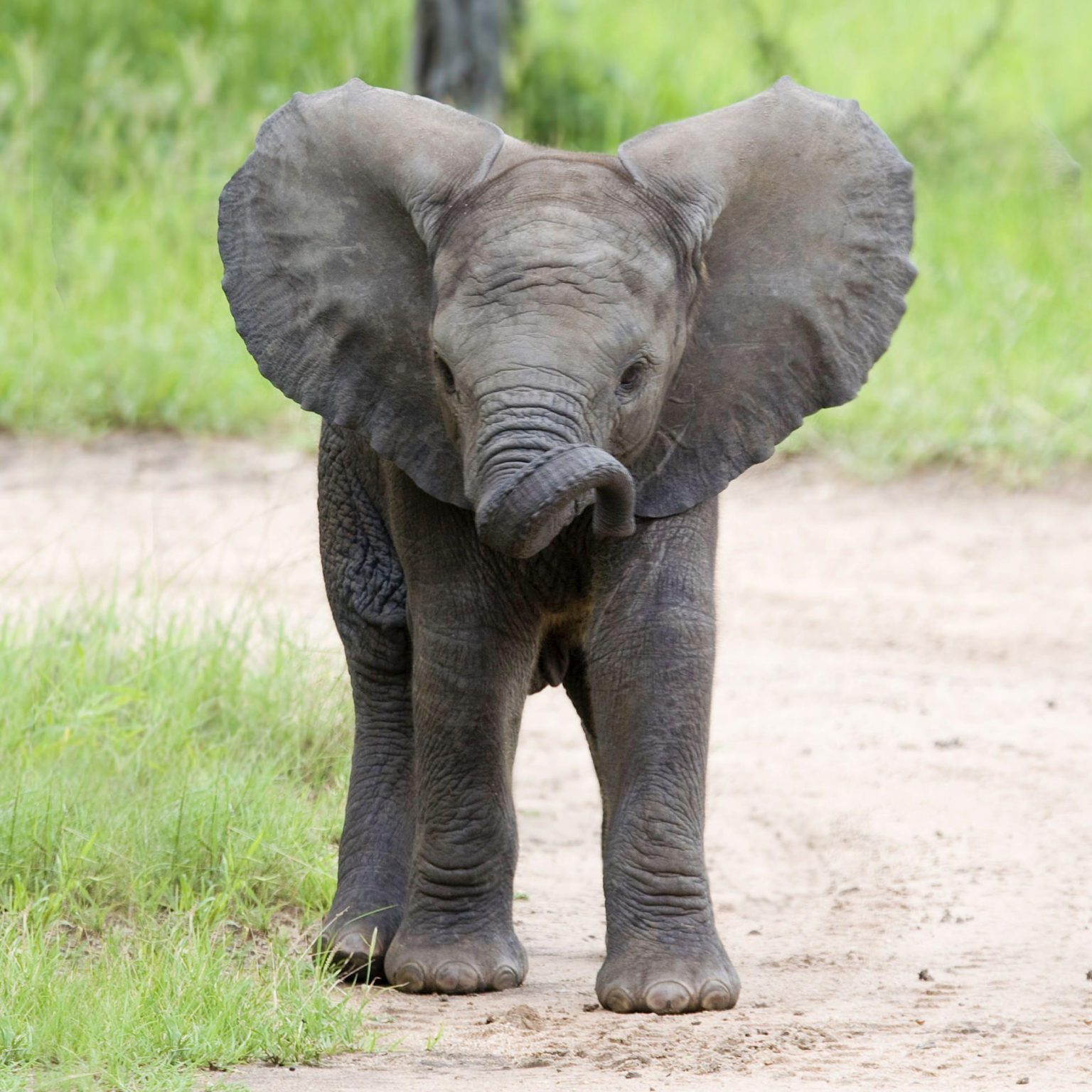In the vast expanse of Africa’s savannas and Asia’s dense jungles, a remarkable tapestry of social interactions unfolds beneath the surface of what many perceive as simply the lives of elephants. Often celebrated for their sheer size and majestic presence, these gentle giants possess complex behaviors and intricate social structures that are as fascinating as they are vital for their survival. From deep familial bonds to elaborate communication methods, elephants engage in a rich social life that transcends mere instinct. As we embark on a journey to explore the intricate social lives of elephants, we delve into the nuances of their relationships, the roles of matriarchs, the significance of community, and the emotional depth that characterizes their interactions. Through this exploration, we gain a deeper understanding of not only these intelligent creatures but also the ecosystems they inhabit and the profound connections they share with one another, echoing the age-old truth that social bonds are essential for survival in the animal kingdom.
Table of Contents
- Understanding Elephant Communication and Social Bonds
- The Role of Family Structures in Elephant Herds
- The Impact of Environmental Changes on Social Dynamics
- Recommendations for Conserving Elephant Social Cohesion
- Closing Remarks
Understanding Elephant Communication and Social Bonds

Elephants are renowned for their complex communication skills, which play a key role in their social structure. These magnificent creatures utilize a range of vocalizations, gestures, and even seismic signals to convey messages across vast distances. Some of the most common forms of communication include:
- Trumpeting: A loud and powerful sound often made to signal excitement, distress, or to attract attention.
- Rumbling: Low-frequency sounds that can travel several kilometers, used for long-distance communication.
- Body Language: Physical gestures such as ear flapping, trunk curling, and positioning convey a variety of emotions and intentions.
These communication methods are not just intriguing; they are vital for maintaining strong social bonds within herds. Elephants form tight-knit family groups led by matriarchs, where relationships are built on trust and cooperation. The importance of social connections is evident in their behavior, including:
- Cooperative Parenting: Adult females often help care for each other’s calves, reinforcing social ties.
- Grooming: Physical contact through grooming fosters relaxation and strengthens bonds.
- Grief and Mourning: Elephants show signs of mourning when a member of their group passes away, illustrating their emotional depth.
Below is a simple table highlighting the key factors that strengthen social bonds in elephant herds:
| Factor | Description |
|---|---|
| Communication | Vocalizations and body language enhance interactions. |
| Cooperation | Collaborative problem-solving within the herd. |
| Emotional Support | Providing comfort during distressing times. |
The Role of Family Structures in Elephant Herds

Elephants are deeply social animals, and their family structures play a crucial role in their daily lives. Typically led by a matriarch, these herds consist of females, their young, and sometimes younger males. This matriarch, often the oldest and most experienced female, serves as a guide, leveraging her knowledge of resources, migratory pathways, and social dynamics. The bonds within the group are reinforced through various actions such as grooming, protection, and communal care of the young. These relationships are vital, facilitating the sharing of knowledge and ensuring the survival of the herd, especially in challenging environments.
Males generally leave their natal groups upon reaching maturity to avoid competition with their brothers for mating opportunities. In the wild, male elephants often form temporary alliances with other bulls, engaging in behaviors that reflect their social standings. The dynamics of these groups are influenced by factors such as age, experiences, and individual temperaments. Some unique traits of elephant social structures include:
- Matriarchal Leadership: The oldest female takes charge.
- Cooperative Breeding: All females assist in raising the calves.
- Complex Relationships: Strong social bonds foster cooperation.
In essence, these intricate family dynamics not only support individual elephants but also contribute to the overall health and resilience of their populations, ensuring that vital knowledge is passed down through generations.
The Impact of Environmental Changes on Social Dynamics
The shifting landscapes of their habitats dramatically influence elephant communities, revealing the intricate relationship between environmental changes and social dynamics. As resources dwindle due to climate shifts or human encroachment, elephants are compelled to adapt their social structures and interactions. These magnificent creatures often form tight-knit family units, primarily led by matriarchs—the oldest and wisest females. When faced with adversity such as drought or habitat loss, these families display remarkable resilience, employing strategies to secure water and food sources. The social bonds within these groups deepen as members rely on each other for support, showcasing their ability to communicate and coordinate effectively.
Moreover, the changing environment can lead to increased competition among elephant herds, further redefining their social hierarchy. When essential resources become scarce, conflicts may arise, altering long-established relationships. These shifts underscore the complexity of elephant societies, where the interplay of social bonds and environmental pressures creates a dynamic ecosystem of interaction. Key factors influencing these changes include:
- Resource Availability: Limited food and water further strain group dynamics.
- Migration Patterns: Adaptations in migration in search of sustenance.
- Human Activities: Encroachment may disrupt social structures, forcing shifts in behavior.
Recommendations for Conserving Elephant Social Cohesion
To ensure the preservation of the intricate social dynamics within elephant populations, various proactive measures can be adopted by conservationists and local communities. Habitat preservation stands at the forefront of these efforts, as maintaining expansive, interconnected environments allows elephants to form and sustain meaningful social bonds. Additionally, fostering community engagement through educational programs helps underscore the importance of elephants in ecosystems, promoting coexistence with human populations. Support for wildlife corridors can also be instrumental in preserving these animals’ migratory routes, facilitating interaction among groups that play critical roles in social learning and cooperative behavior.
Implementing strategies that reduce human-elephant conflict is imperative for maintaining the delicate balance of elephant social structures. This can involve developing non-lethal deterrents such as noise-making devices or using trained dogs to discourage elephants from entering agricultural areas. Moreover, investing in research initiatives is vital to gain further insights into elephant communication and social behaviors, enabling conservationists to develop targeted interventions. By mapping out key social structures and understanding the nuances of their interactions, wildlife managers can create informed guidelines that prioritize the preservation of these magnificent creatures’ social cohesion.
Closing Remarks
As the sun sets over the savanna, casting golden hues across the vast landscape, one cannot help but reflect on the intricate social lives of these magnificent creatures. Elephants, with their profound familial bonds and complex social structures, remind us that the natural world is woven together by connections that transcend mere survival. Their interactions—filled with playfulness, empathy, and even mourning—speak to a depth of sociality that resonates with our own experiences.
From the tightly knit herds that traverse the dry plains to the emergent matriarchs leading the way, each encounter reveals layers of intelligence and emotional richness not often recognized until closely observed. As we continue to explore and learn from these gentle giants, we are not simply gaining knowledge but also an appreciation for the subtleties of life that all beings share.
In understanding the social dynamics of elephants, we not only celebrate their existence but also acknowledge the critical roles they play in their ecosystems. Their stories call for vigilance and protection amid the threats they face in an ever-changing world. As we conclude this journey into the heart of elephant society, let us carry forward the lessons learned, advocating for their conservation and fostering a deeper respect for the interconnected web of life in which we all belong. The future of elephants ultimately rests in our hands, and it is our responsibility to ensure their stories continue to flourish long after the last rays of sunlight fade into the horizon.



